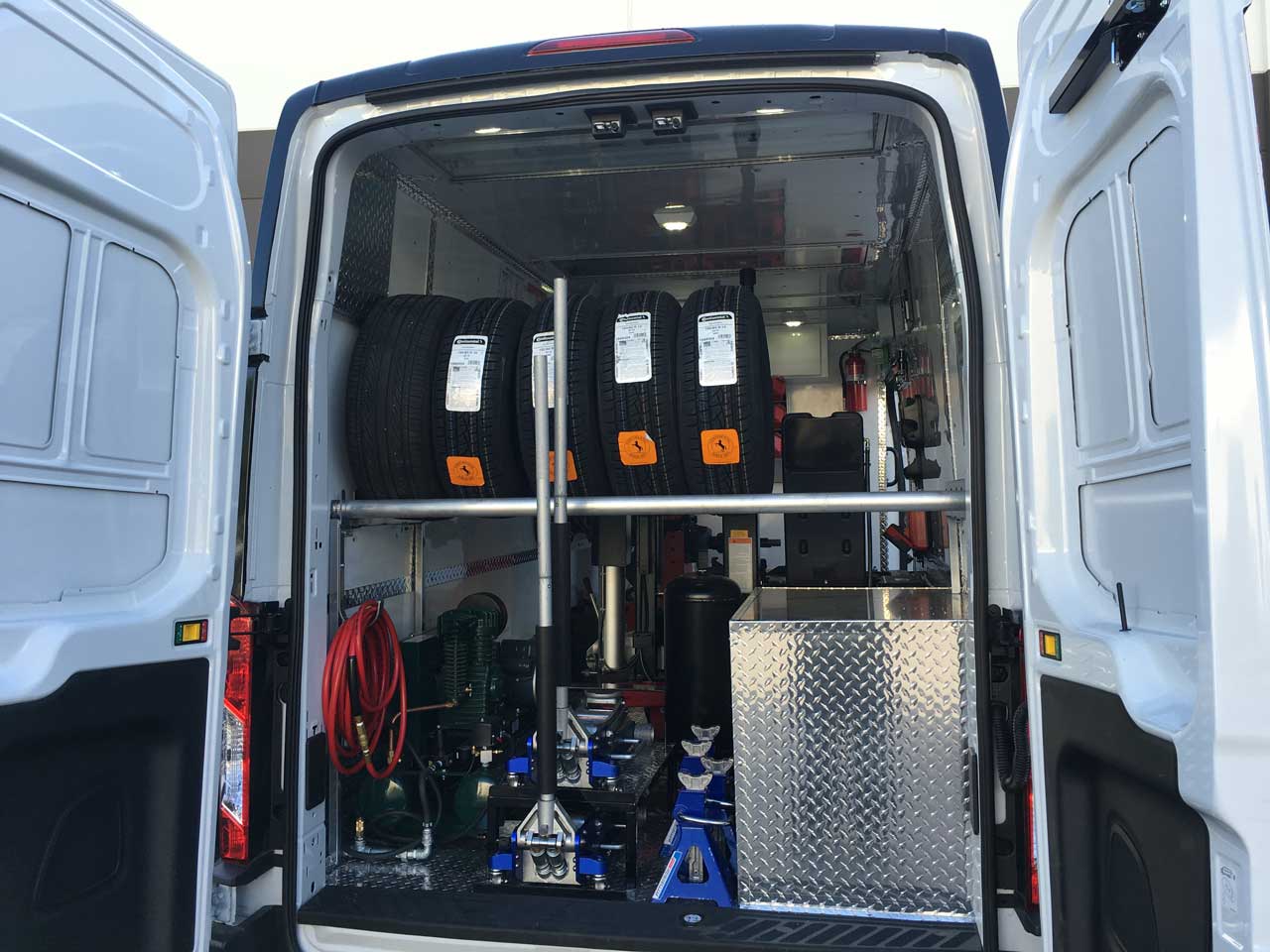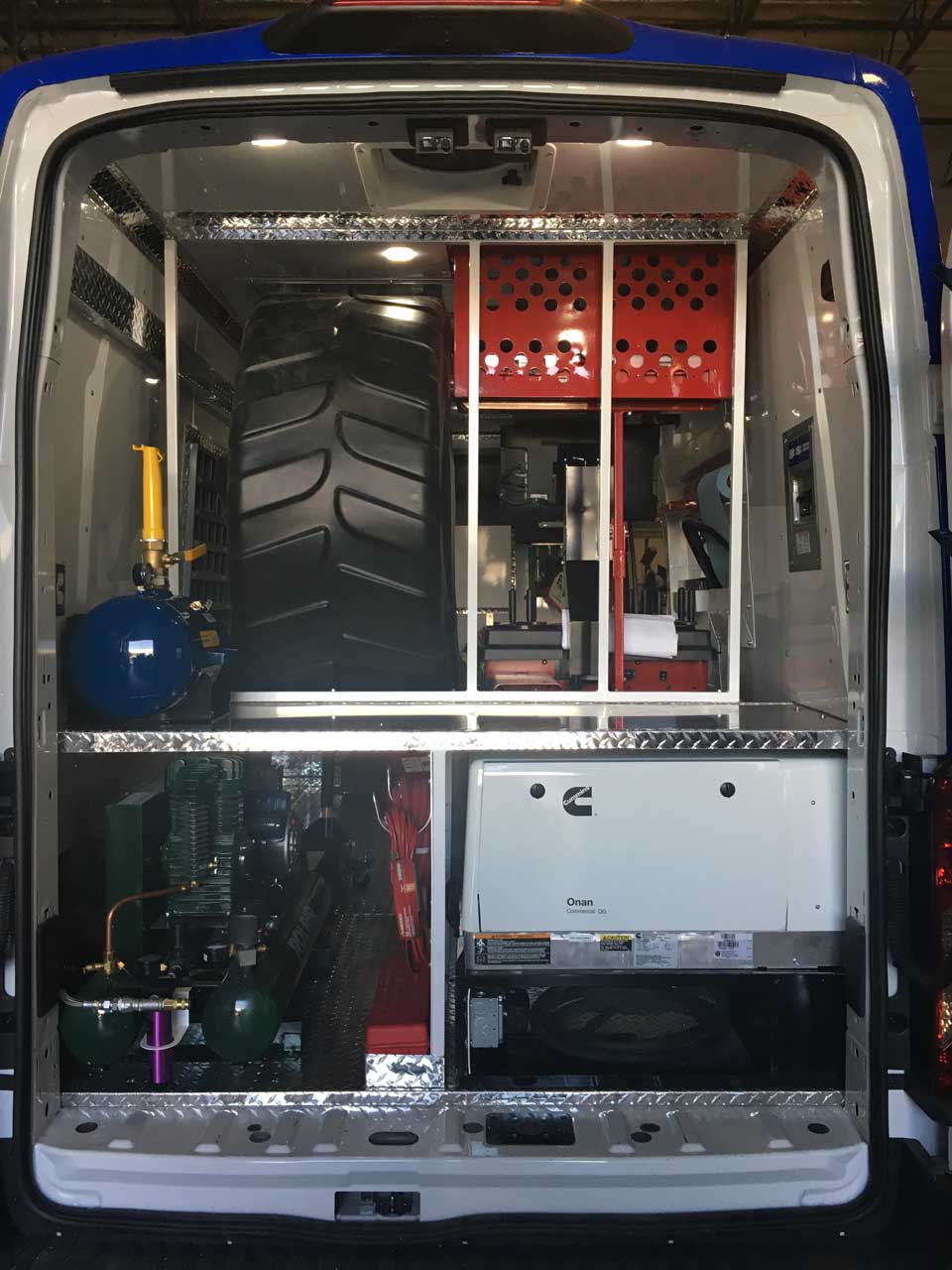Effective Flat Tire Repair Las Vegas - Mobile Support
Effective Flat Tire Repair Las Vegas - Mobile Support
Blog Article
Tire Solution: Proven Techniques for Ideal Tire Maintenance and Treatment
From ensuring appropriate tire stress to routine rotation and positioning, there are tried and tested methods that can considerably prolong the life-span of your tires and boost overall driving experience. Let's dive into the world of tire service and find the secrets to keeping your tires in first-class shape for the lengthy haul - Mobile Tire Repair Las Vegas.
Significance of Tire Pressure
Appropriate tire stress is a critical consider guaranteeing ideal automobile efficiency and security when traveling. Preserving the advised tire pressure levels offered by the producer uses various advantages. Appropriate tire stress promotes far better gas efficiency, as under-inflated tires can lead to increased rolling resistance, causing the engine to function more challenging and take in even more fuel. Secondly, correct tire stress makes sure even tread wear, boosting tire long life and saving money in the future by delaying the need for early substitutes. In addition, appropriately inflated tires add to enhanced handling and braking capabilities, critical for risk-free driving in various roadway conditions. Over-inflated tires, on the various other hand, can result in lowered traction and a harsher adventure. Alternatively, under-inflated tires are susceptible to getting too hot, which can cause blowouts and accidents. Frequently checking and changing tire stress, specifically previously lengthy journeys, is a basic yet effective method to enhance car efficiency, extend tire life expectancy, and focus on security when driving.
Tire Rotation Guidelines
When taking into consideration tire turning standards, it is necessary to recognize the significance of this upkeep job in optimizing tire life-span and preserving ideal automobile efficiency. Tire rotation includes changing the setting of each tire on a vehicle to ensure even tread wear. Front tires have a tendency to use faster than rear tires due to steering forces, making regular turning critical for balanced wear patterns. The recommended turning pattern differs depending upon whether a car is front-wheel, rear-wheel, all-wheel, or four-wheel drive. Normally, tires ought to be rotated every 5,000 to 7,500 miles, or as advised in the car manual. Neglecting tire turning can bring about unequal wear, affecting handling, grip, and potentially compromising automobile security. By adhering to correct turning guidelines, vehicle drivers can expand the life of their tires, enhance gas performance, and enhance total driving experience. Routine rotation is an easy yet efficient maintenance practice that adds considerably to tire longevity and car performance.

Advantages of Wheel Placement
Ensuring appropriate wheel placement after tire turning is vital for keeping well balanced wear patterns and optimizing automobile efficiency. Furthermore, proper wheel placement aids to prolong the life expectancy of your tires. Misaligned wheels can cause uneven tire wear, leading to early tire substitute and boosted maintenance costs.

Tire Tread Deepness Inspect
Doing a normal assessment of tire step depth is vital for maintaining safe driving conditions and lengthening the life-span of your tires. The tread on your tires plays a vital duty in providing traction, particularly in unsafe or damp problems. To check your tire tread depth, you can use a walk depth gauge or the cent test. The recommended walk depth is at least 2/32 of an inch. If the tread depth is below this threshold, it is time to replace your tires to guarantee optimal performance and safety on the road. Uneven step wear can show concerns with tire stress, placement, or suspension, highlighting the value of routine walk depth checks. Neglecting to keep track of and site preserve proper tread depth can cause decreased grasp, longer stopping ranges, and a raised threat of hydroplaning. By integrating tire tread depth explore your regular maintenance timetable, you can drive with self-confidence understanding that your tires are in leading problem.
Seasonal Tire Evaluation
A comprehensive analysis of tire problem tailored to details weather problems is essential for maintaining optimum efficiency and safety throughout the year. Seasonal tire assessment is a basic aspect of tire upkeep that ensures tires prepare to encounter the challenges posed by various climate conditions. In preparation for winter months, it is vital to inspect the tire stress frequently as cool temperatures can cause tire pressure to drop. Checking tire step deepness is also important to make sure ample traction on snow and ice-covered roadways. In addition, checking for indications of deterioration, such as splits or lumps, can aid protect against potential tire failures. As the seasons modification, it is necessary to examine tire problem and make any kind of necessary adjustments to guarantee safe driving. By conducting regular seasonal tire inspections, chauffeurs can extend tire life expectancy, improve fuel efficiency, and most importantly, guarantee a protected driving experience in varying weather - Mobile Tire Repair Las Vegas.
Final Thought
In final thought, maintaining appropriate tire pressure, revolving tires on a regular basis, aligning wheels appropriately, monitoring step depth, and performing seasonal assessments are important techniques for ideal tire treatment. By complying with these confirmed techniques, motorists can ensure their tires last much longer, perform much better, and add to general lorry security. It is necessary to prioritize tire maintenance to avoid crashes, boost fuel performance, and extend the life-span of tires.
Sufficient tire stress advertises better gas performance, as under-inflated tires can lead to enhanced rolling resistance, triggering the engine to work harder and eat even more gas.When considering tire rotation guidelines, it is vital to recognize the importance of this maintenance best site task in maximizing tire life expectancy and preserving optimum lorry performance. Seasonal tire inspection is a fundamental facet of tire maintenance that ensures tires are ready to face the difficulties presented by various climate problems. By performing regular seasonal tire inspections, drivers can lengthen tire life-span, improve fuel performance, and most significantly, make sure a safe and secure driving experience in differing climate problems.
In verdict, keeping appropriate tire stress, turning tires on a regular basis, aligning wheels properly, checking walk deepness, and performing seasonal assessments are necessary methods for ideal tire care.
Report this page